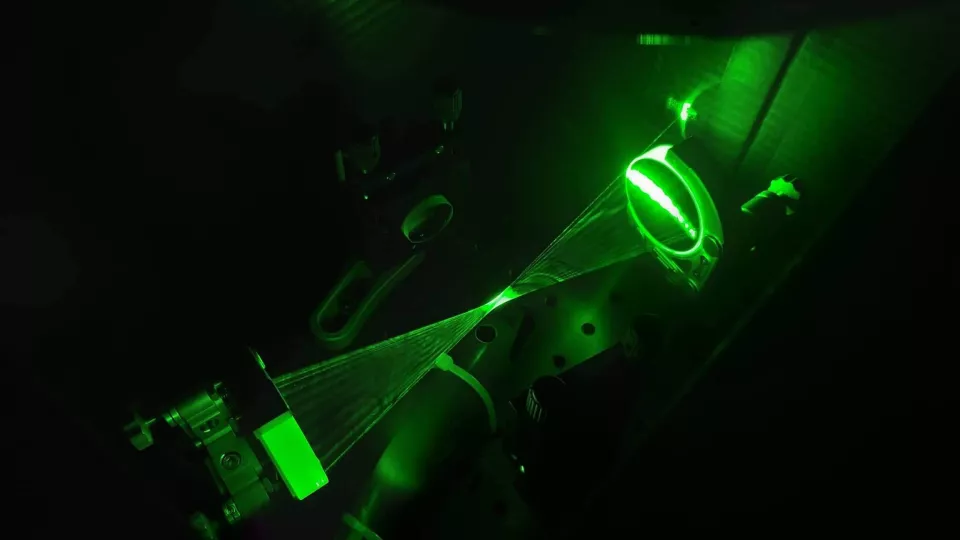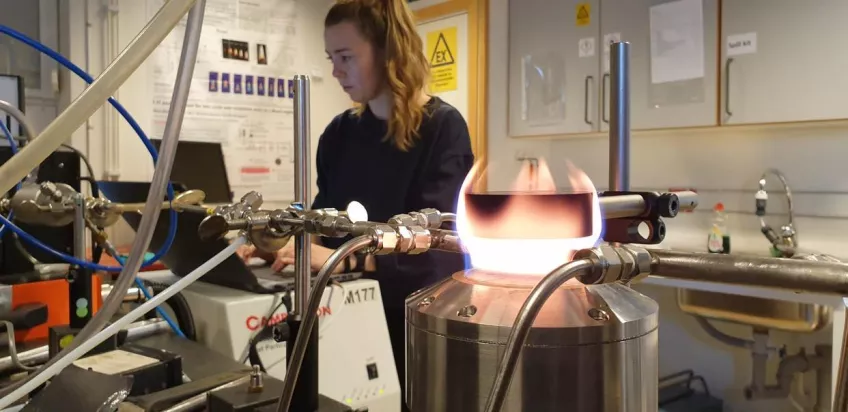Our group focuses on developing and applying online and in situ spectroscopic techniques, including remote sensing, to quantitatively and qualitatively measure aerosol and deposited soot in various settings, from the laboratory to the atmosphere. We collaborate closely with several research groups in Europe and Asia, such as the MAX-IV laboratory in Sweden, ISMO at the University of Paris Saclay, and VAST in Vietnam, and others. We offer exciting projects in soot and laser-based diagnostic development for Postdoc, PhD and Master's students.
To learn more, please contact Thi Kim Cuong Le – portal.research.lu.se



